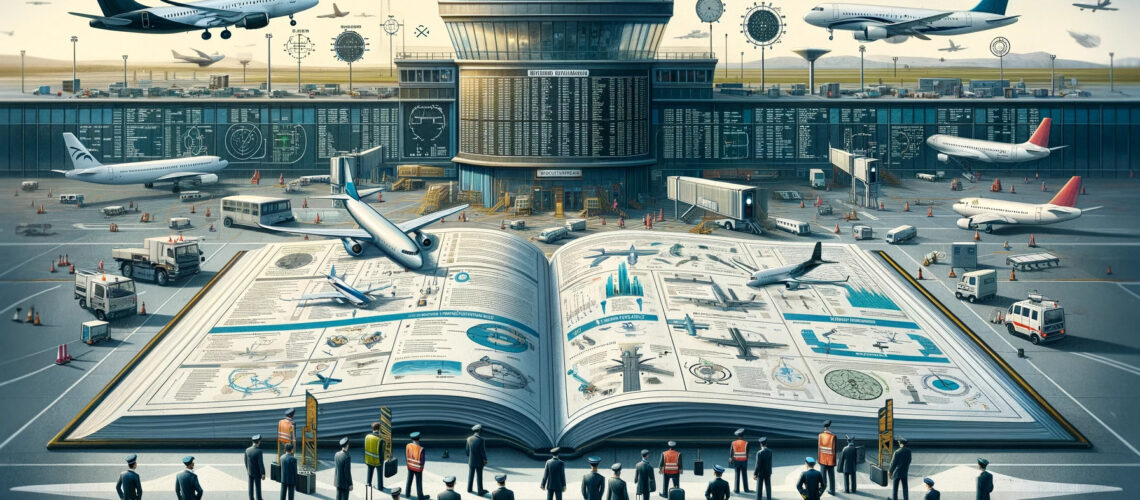As a seasoned pilot, Ramin Pourteymour has come to appreciate the intricate balance of technology, safety, and human decision-making in the aviation industry. The recent incident involving an Alaska Airlines Boeing 737 Max 9, where a door plug was lost mid-flight, offers critical lessons for pilots, engineers, and the aviation community at large.
The Importance of Rigorous Inspection and Maintenance
This incident underscores the vital importance of meticulous inspection and maintenance routines. Airplanes are feats of complex engineering, and every component, no matter how small, plays a crucial role in ensuring flight safety. The failure of the door plug on the 737 Max 9, a seemingly minor part, led to an emergency situation. This highlights that regular, detailed inspections are non-negotiable and should be as comprehensive as possible to encompass all aspects of the aircraft, even the less obvious ones.
The Need for Quick, Decisive Action in Emergency Situations
The prompt and effective response of the flight crew during the incident was commendable. In moments of crisis, pilots are required to make split-second decisions. The crew’s ability to quickly assess the situation, manage cabin pressure, and safely return the aircraft to the ground is a testament to their training and professionalism. This scenario reinforces the importance of continuous training and preparedness for emergency situations, ensuring that pilots and crew can act decisively when unforeseen circumstances arise.
The Role of Clear Communication and Teamwork
One key aspect of this incident was the challenge in communication caused by the explosive decompression. In aviation, clear and effective communication is as vital as the technical operation of the aircraft. This incident serves as a reminder of the need for robust communication systems and protocols that can withstand extraordinary situations. It also highlights the importance of teamwork and coordination among the flight crew, maintenance teams, and ground control.
Continuous Learning and Improvement
Aviation technology is ever-evolving, and so are the challenges that come with it. Incidents like this are stark reminders that learning and improvement are continuous processes. They provide valuable data that engineers, safety experts, and pilots can analyze to enhance aircraft design, maintenance protocols, and safety measures. It is crucial that the entire aviation community – from manufacturers like Boeing to airline operators and regulatory bodies – work collaboratively to learn from these incidents and implement changes that enhance the safety and reliability of air travel.
The Role of Regulatory Bodies
The prompt action by the Federal Aviation Administration (FAA) in issuing an emergency airworthiness directive following the incident was a critical step in ensuring immediate safety. It highlights the crucial role regulatory bodies play in maintaining aviation safety standards. Their swift response to ground the affected aircraft and mandate thorough inspections reflects a commitment to public safety and should be a standard practice in similar situations.
Conclusion
Pilots are constantly reminded that aviation is an industry where safety must always be the paramount concern. The incident with the Alaska Airlines Boeing 737 Max 9 is a powerful lesson in the importance of attention to detail, preparedness, and the relentless pursuit of safety in all aspects of aviation operations. It reinforces the belief that continuous learning, rigorous maintenance, effective communication, and strong regulatory oversight are the cornerstones of safe air travel. As we move forward, these lessons guide aviation experts in their commitment to maintaining the highest standards of safety in the skies.

